My first Jamaican Jerk Chicken experience was a little disappointing. I ordered it at a restaurant in a business park after a meeting (to their credit, the standard of food was higher than what you’d expect at a business park lunch). The chicken was sweet, mildly spicy and a little red.
Nearly two years passed before I attempted making it myself. Oddly, this would not have happened if it weren’t for apple pie. One of the spices that go into the filling for an apple pie is something called allspice. Allspice is made by grinding down pimento berries (which are available quite freely in Goa and other places) down. I finally found a big jar of it in a shop a few months back and now had the dilemma of finding a use for all this allspice. A little on-line research showed me that Jamaican Jerk chicken was one place where allspice featured prominently. I found a bunch of recipes online, but I finally worked out a few basic proportions myself, to my tastes and expectations. I usually grill in a little griddle pan and I like a good grill mark on the meat when I do so. Those lovely lines you see happen when sugars get caramelised along the surface of the meat, charring it and also sealing in the juices to cook along the insides of the meat and make it nice and juicy. So honey finds its way into the marinade. Its sweetness also balances out the next element.
Vinegar. Soaking the breasts in a marinade with vinegar makes the meat very tender and also contributes to its overall juiciness. I’ve used balsamic and red wine vinegar so far and both work beautifully. I think regular vinegar should also work, since the quantities we’re using aren’t that great.
The ginger and garlic contribute greatly to the aromatics of the marinade, not just the flavour. The thing that makes this grill taste so strikingly different however, is the allspice. The flavour of allspice is a combination of clove and nutmeg, with the aroma of cinnamon and a touch of cardamom. I did once actually use exactly those spices to simulate allspice the last time I made an apple pie, but for this, I’d recommend using the real thing. If you can get your hands on pimento berries, you could try grinding it down for the marinade. Tell me if it works!
Once you grill it, you can put it to a whole bunch of uses. The last time I made it, I did this with it:
I always start my pasta by boiling water in a kettle and then pouring the boiling water into a heavy bottomed vessel on high flame (this is much faster and is a lot more efficient than waiting for the water to boil on the gas). I dropped a teaspoon of salt, spaghetti and broccoli into the boiling water and let it cook for exactly eight minutes. In the mean time I start grilling the marinaded breasts. By the time they’re done with their resting period the pasta and broccoli are done, which I transfer into the griddle pan to cook in the grilled chicken’s juices. Dice the chicken and toss with the pasta and broccoli and you’re done!
Don’t forget to let the chicken rest once it’s grilled. Because you start with such a hot pan/grill, the outside gets seared and all the juices are pushed towards the centre of the meat. Resting allows the juices to distribute evenly through the meat again and get all tender and juicy. This is what the chicken looks like, fresh off the grill;
This was actually a whole lot easier than putting a salad together. But if you’d rather prefer the salad version, this is how you do it:
The Recipe
Ingredients
For the marinade
For the salad and dressing
Method
- Slip the chicken breasts into a ziploc bag or clingfilm and whack it with a rolling pin or meat mallet till it’s nice and thin. Mix up the ingredients of the marinade and bathe the flattened chicken breasts in it. Marinade overnight (or for a minimum of 30 minutes). I usually marinade two breasts, one which I’ll have for dinner and the other for lunch the next day. Store overnight in the fridge (not the freezer).
- Heat a griddle pan (or heavy bottomed frying pan) up till it’s really hot. If you have one of those stoves with the little burners and the big burners, put this on the big one and turn the flame up high. For this to work the pan has to be really hot.
- Drizzle some olive oil and butter (if you want to be decadent) to evenly cover the surface of the pan. Lay the breasts on the pan, away from you and let it sizzle. You might need to use a spatula or ladle to hold the chicken down. I actually use a masher to do this. Cook till you see the bottom caramelise beautifully (this takes about two minutes on my stove and griddle pan) and then flip onto the other side and for about a minute or a minute and a half or so.
- Transfer to a plate and let it rest for seven minutes.
- Prepare the dressing in the mean time, by whisking the ingredients of the dressing up till even and smooth. Grating some Parmesan cheese into the dressing makes it just perfectly creamy and salty.
- Use the dressing on your choice of lettuce or salad greens/veggies and toss. Slice the roasted chicken into cubes or small bite size chunks and drop it in your salad.


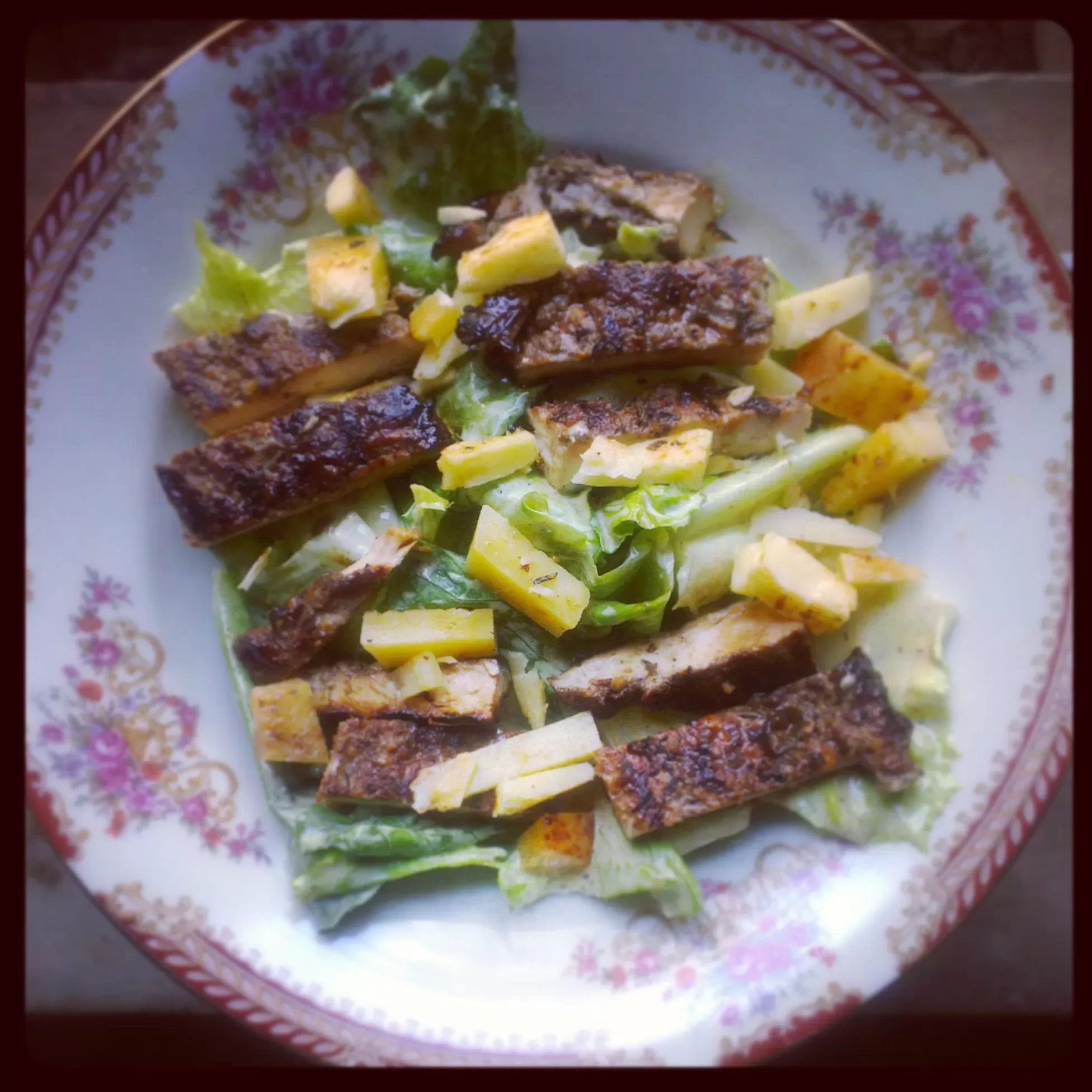
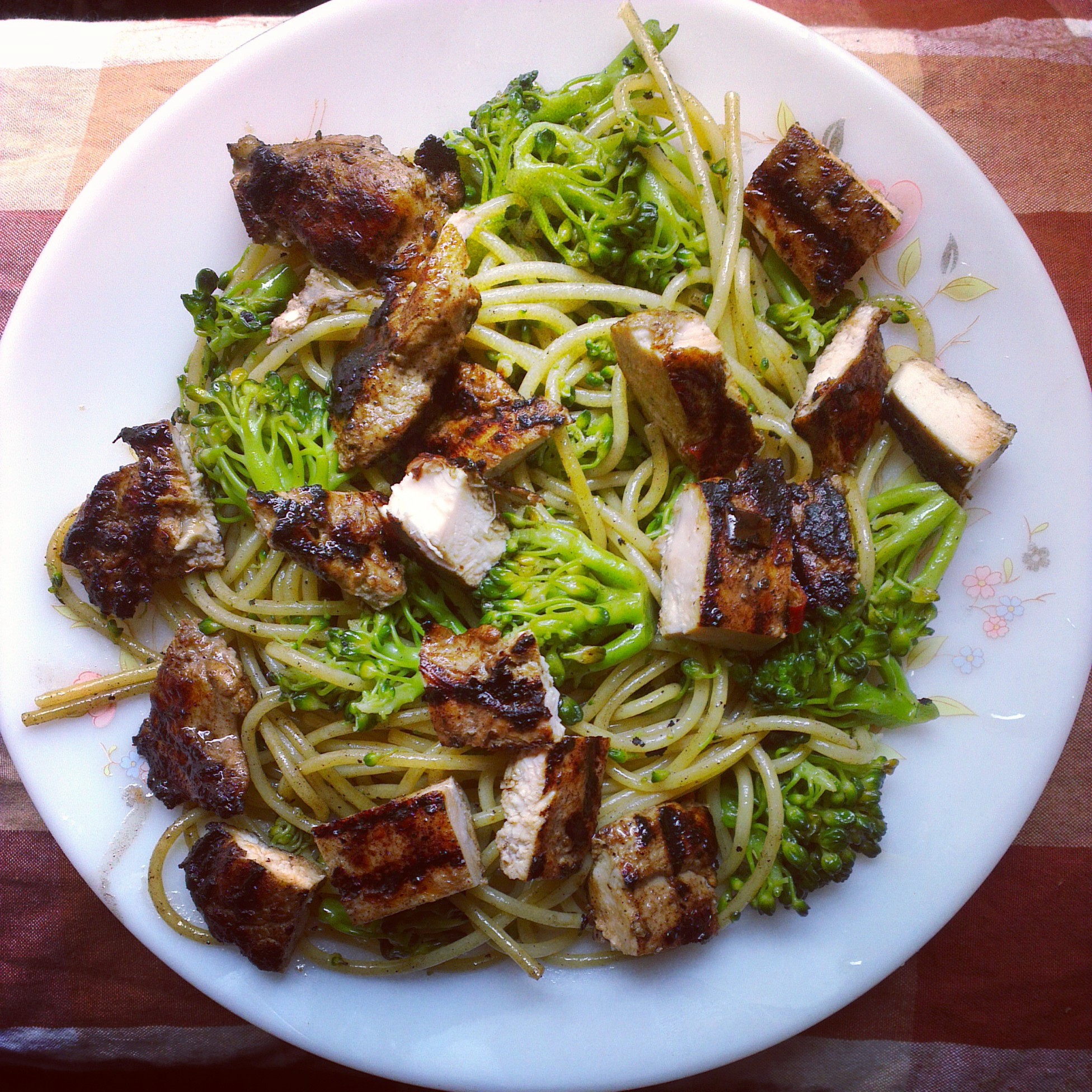
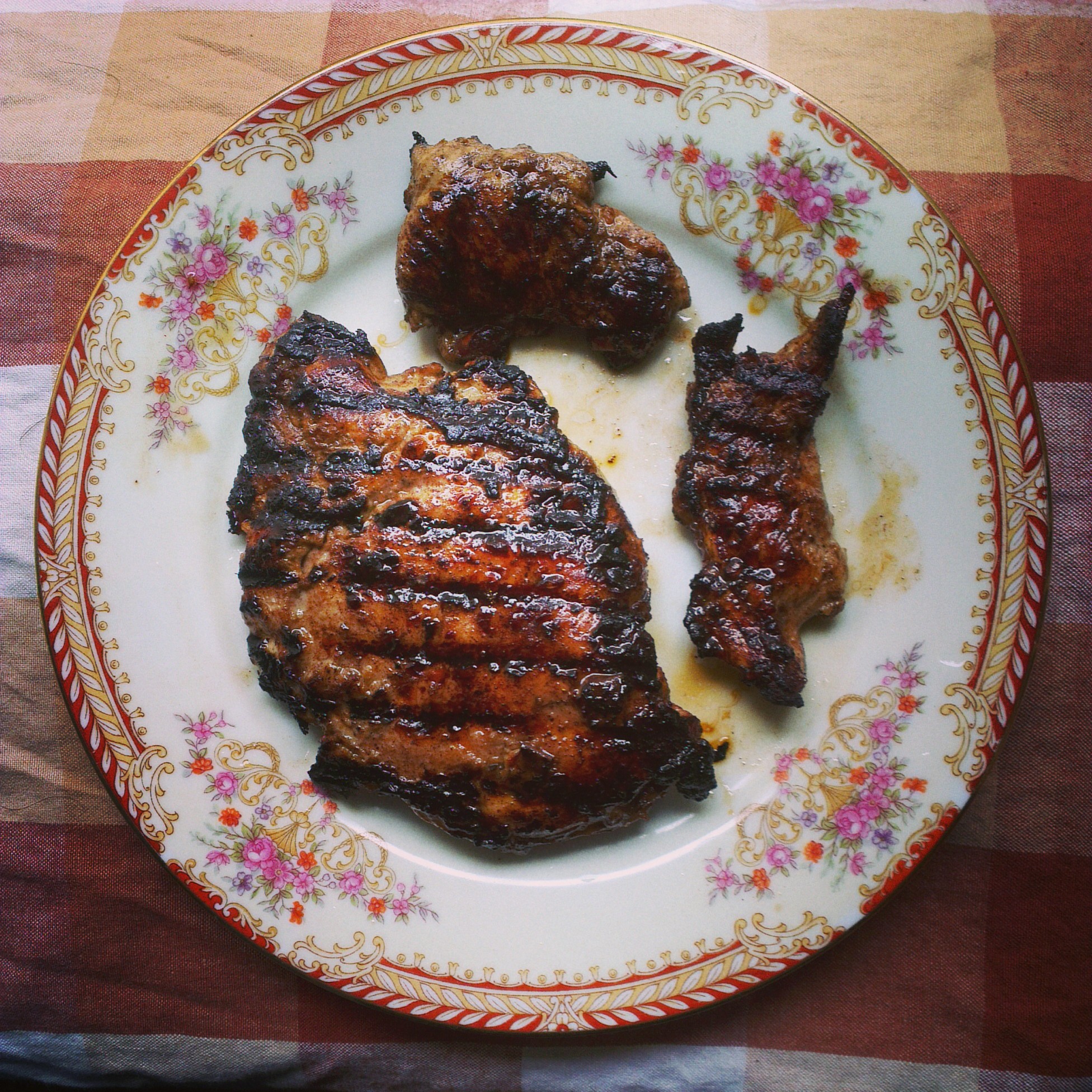
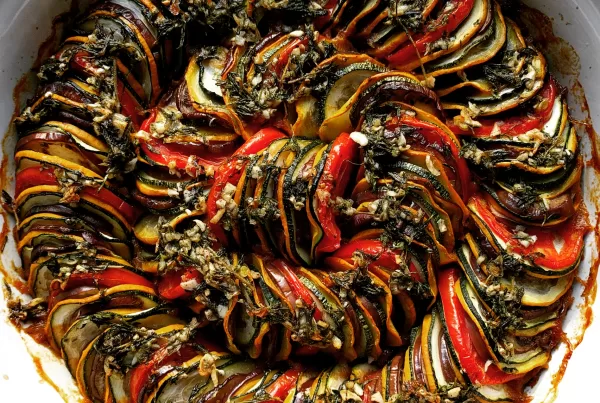
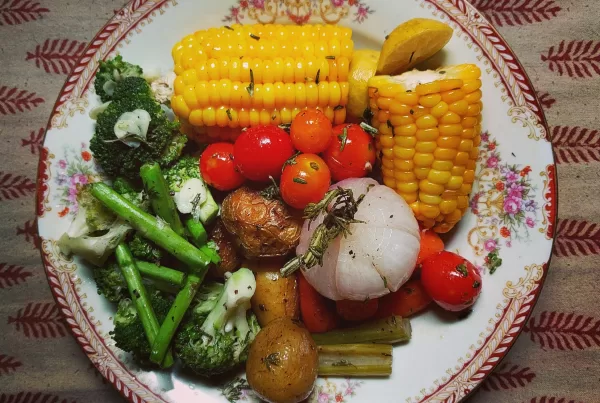
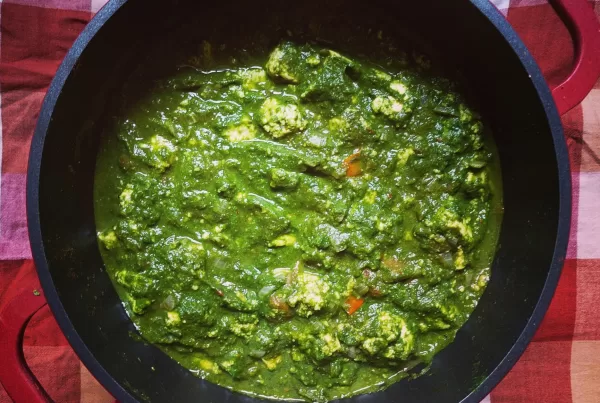


May I use other kinds of vinegar instead of balsamic or red wine vinegar? Or will it drastically change the taste of the recipe?
You can use different types of vinegar; I’d recommend malt vinegar (which is the brown type)…you could actually try out different vinegars and see how they each contribute to the flavour. The honey brings enough sweetness to it, so maybe you could use a little more if you’re using a not very sweet vinegar (balsamic tends to be slightly sweeter).